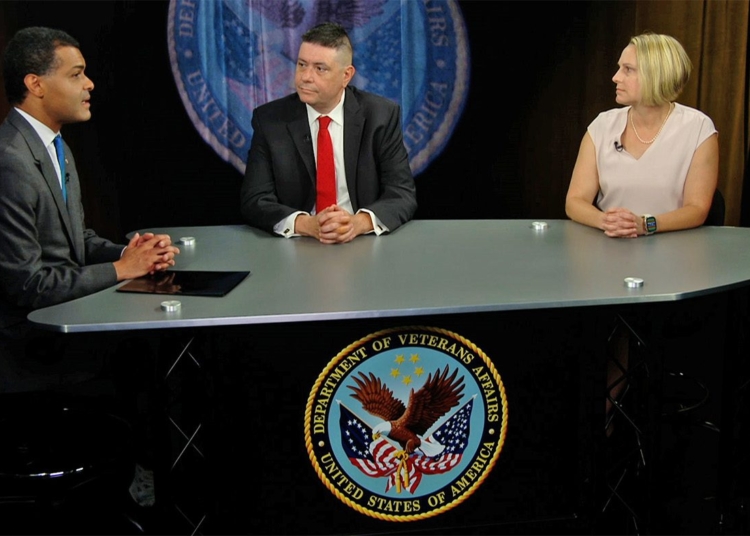Returning from military service can be a difficult process for veterans, especially when it comes to finding employment opportunities. Veterans often struggle to translate their military training and experiences into meaningful civilian careers. This article explores the importance of employment assistance for veterans, the obstacles they face, and key initiatives aimed at helping them succeed in civilian careers. Challenges include difficulty in translating military skills, lack of formal education or degrees, and physical and mental health issues. Employment assistance programs tailored to veterans’ needs provide support, resources, and guidance to bridge the gap between military and civilian employment. Key initiatives include the Transition Assistance Program, Veterans Employment & Training Service, Veterans’ Priority program, and assistance programs by non-profit organizations. These programs play a vital role in helping veterans find rewarding careers and ensure their successful transition into civilian life.
From Combat to Careers: Exploring Employment Assistance for Veterans
Introduction
Returning from military service can be a challenging transition for veterans, especially when it comes to finding employment opportunities. Veterans bring unique skills, values, and experiences to the civilian workforce, but often face difficulties in translating their military training into meaningful and rewarding careers. In recognition of these challenges, various programs and initiatives have been developed to provide employment assistance to this deserving group. This article will explore the importance of employment assistance for veterans, discuss the obstacles they face, and highlight several key initiatives aimed at helping veterans find and succeed in civilian careers.
Obstacles Faced by Veterans
Veterans face several obstacles when seeking employment after leaving the military. One major challenge is the difficulty in translating their military skills and experiences into language that civilian employers can understand. The extensive training and specialized roles that veterans have often held in the military may not have direct civilian equivalents, making it hard for them to find suitable job opportunities. Additionally, veterans may not have had the opportunity to gain formal education or degrees during their military service, which can further hinder their prospects in a competitive job market. Finally, the physical and mental toll of combat and military service may leave veterans with disabilities or mental health issues that affect their ability to find and maintain employment.
Importance of Employment Assistance for Veterans
Employment assistance programs aimed specifically at veterans are crucial for their successful transition into civilian careers. Such programs not only provide job search support but also offer guidance and resources to help veterans overcome the obstacles they face. By tailoring assistance to the needs of veterans, these programs help bridge the gap between military and civilian employment by equipping veterans with the necessary skills, knowledge, and confidence to pursue and excel in new careers. Furthermore, employment assistance programs can help veterans navigate potential challenges related to disabilities, mental health, and finding a work-life balance, ensuring their long-term career success and overall well-being.
Key Initiatives for Employment Assistance
There are several key initiatives and programs in place that provide employment assistance tailored specifically to veterans. The following are a few notable examples:
1. Transition Assistance Program (TAP): The TAP is a mandatory program offered by the Department of Veterans Affairs, designed to help transitioning service members plan for their civilian lives. It provides workshops on resume writing, interviewing skills, and job search strategies, enabling veterans to navigate the employment process more effectively.
2. Veterans Employment & Training Service (VETS): VETS is an initiative by the U.S. Department of Labor that focuses on helping veterans and transitioning service members find employment. VETS offers a range of services, including career counseling, job placement, and employer outreach programs to facilitate the hiring of veterans.
3. Veterans’ Priority: The Veterans’ Priority program, also known as “veterans’ preference,” grants veterans a hiring advantage in certain federal government positions. This program recognizes the unique skills and experiences veterans bring to the workforce and aims to support their successful integration into civilian careers.
4. Veteran Assistance Programs by Non-Profit Organizations: Numerous non-profit organizations are dedicated to providing employment assistance to veterans. For example, Hire Heroes USA offers free career coaching, job search assistance, and networking opportunities for veterans. The Wounded Warrior Project assists veterans with disabilities by providing vocational training, career counseling, and support in finding suitable employment.
Conclusion
Finding meaningful employment after military service is a critical aspect of the successful transition for veterans. Various employment assistance programs and initiatives have been developed to address the unique challenges veterans face in their job search. By providing tailored resources, guidance, and support, these programs play a vital role in helping veterans translate their military skills into successful civilian careers. With continued focus on employment assistance for veterans, we can ensure that those who have served our country find the rewarding and fulfilling careers they deserve.













